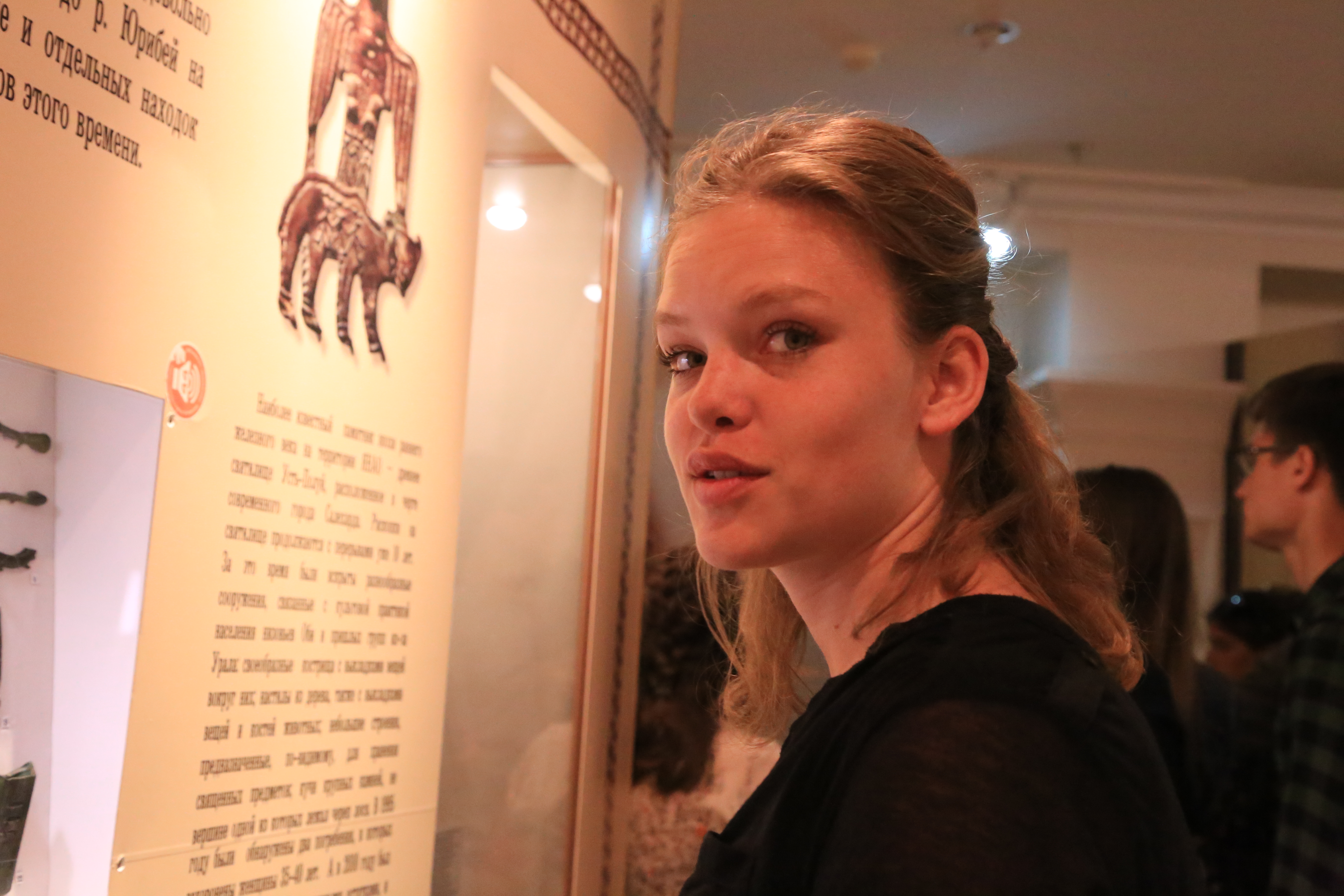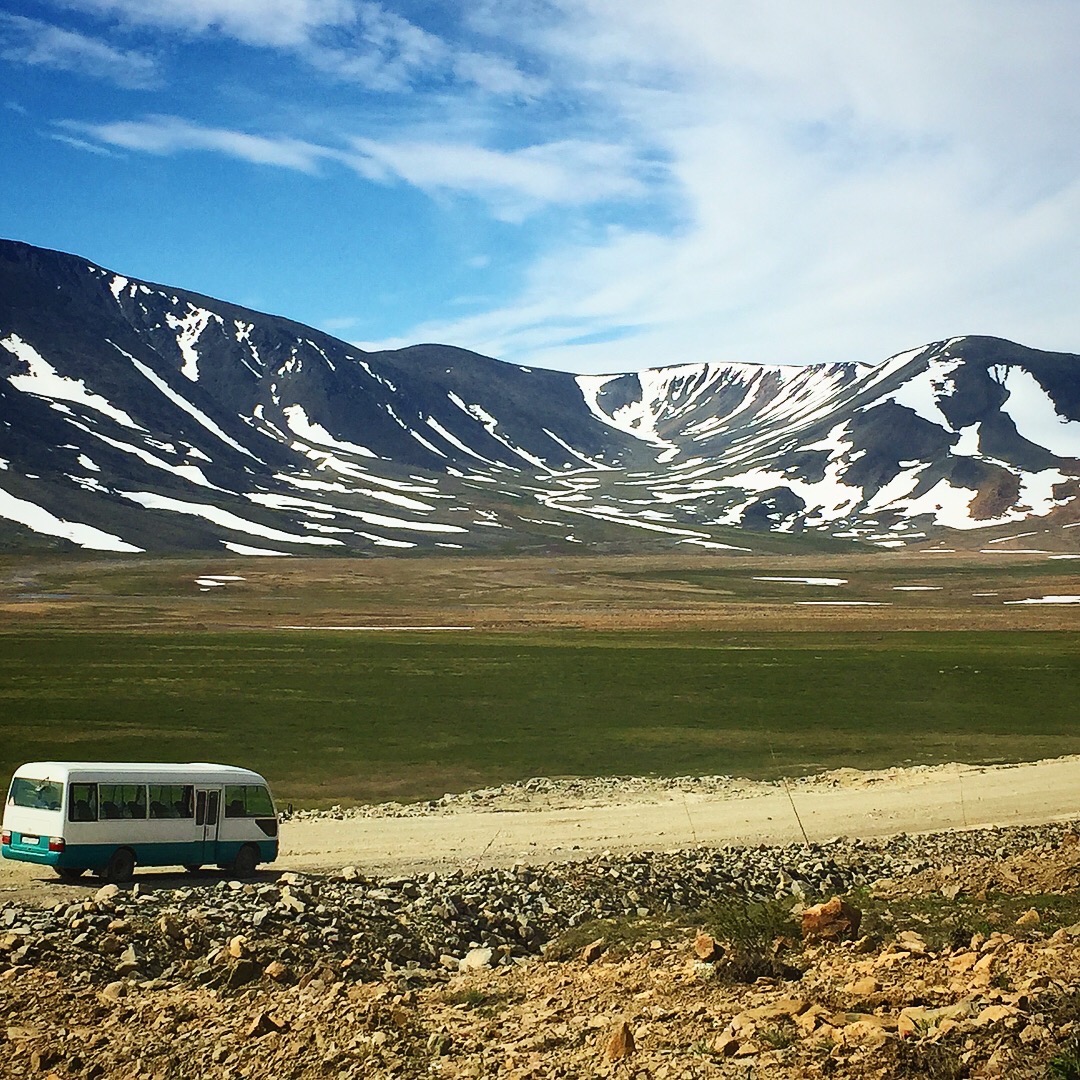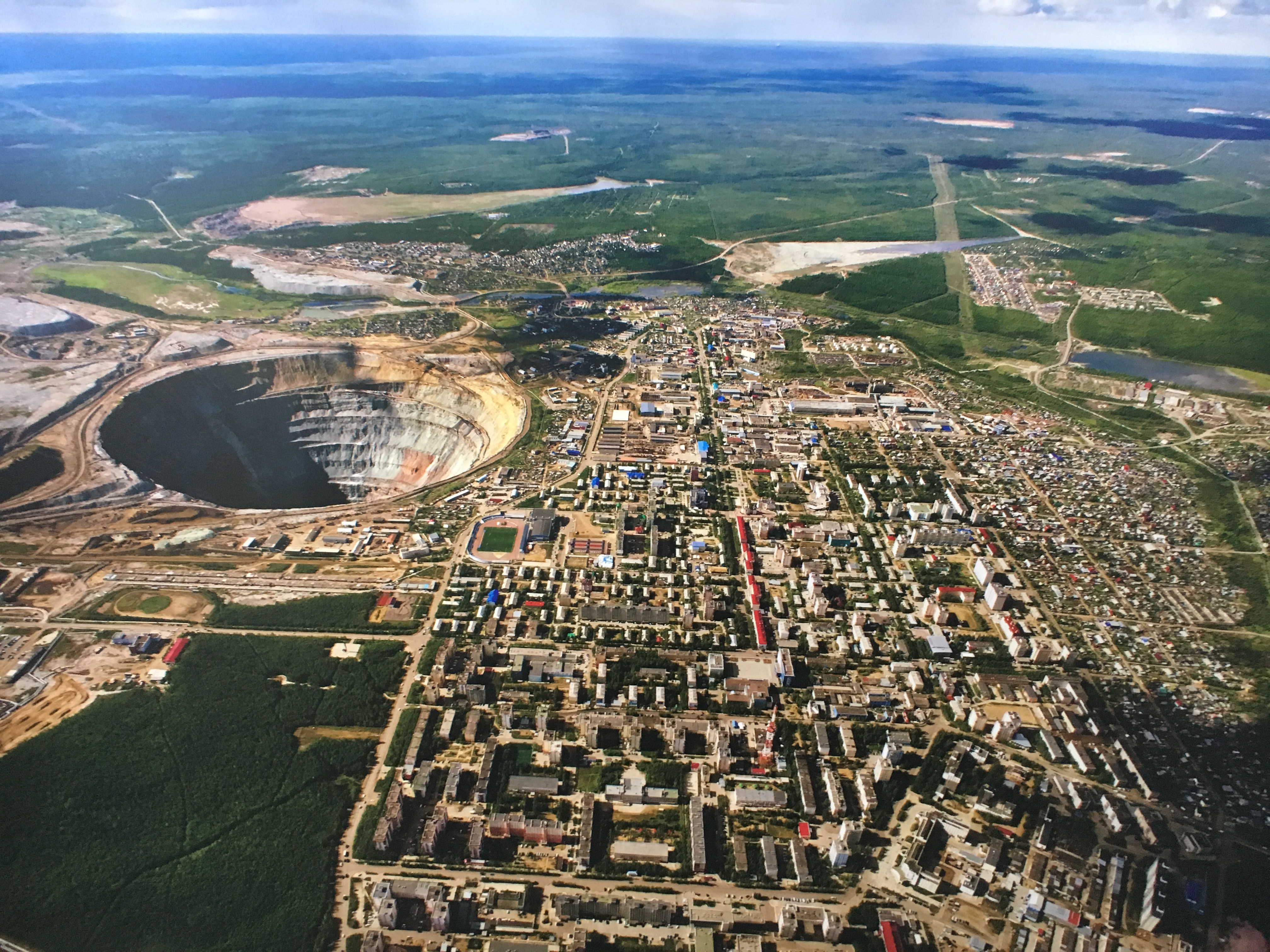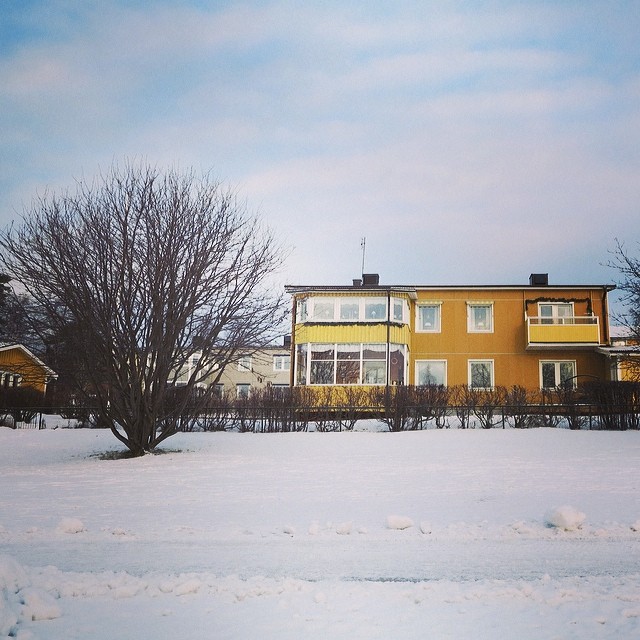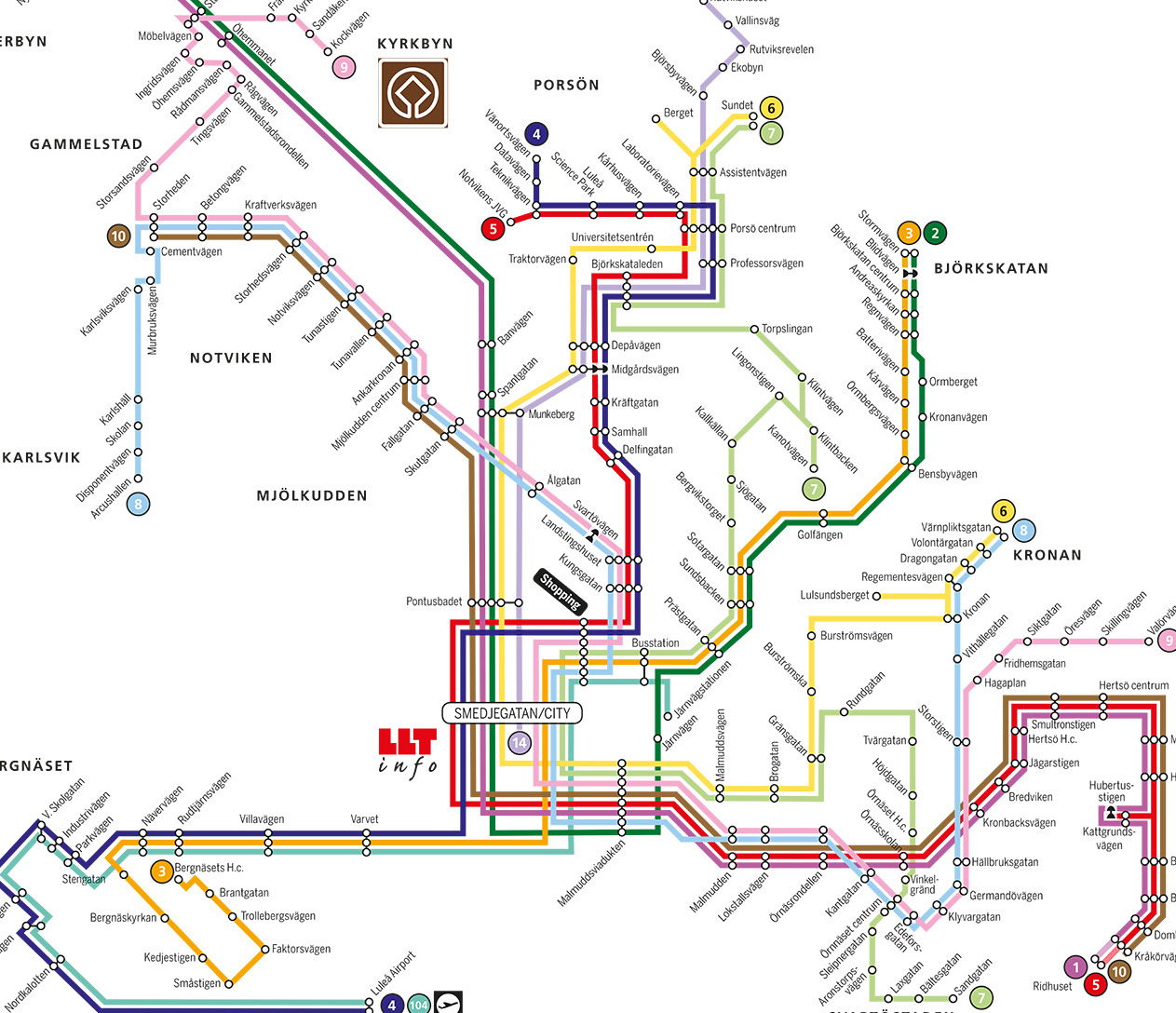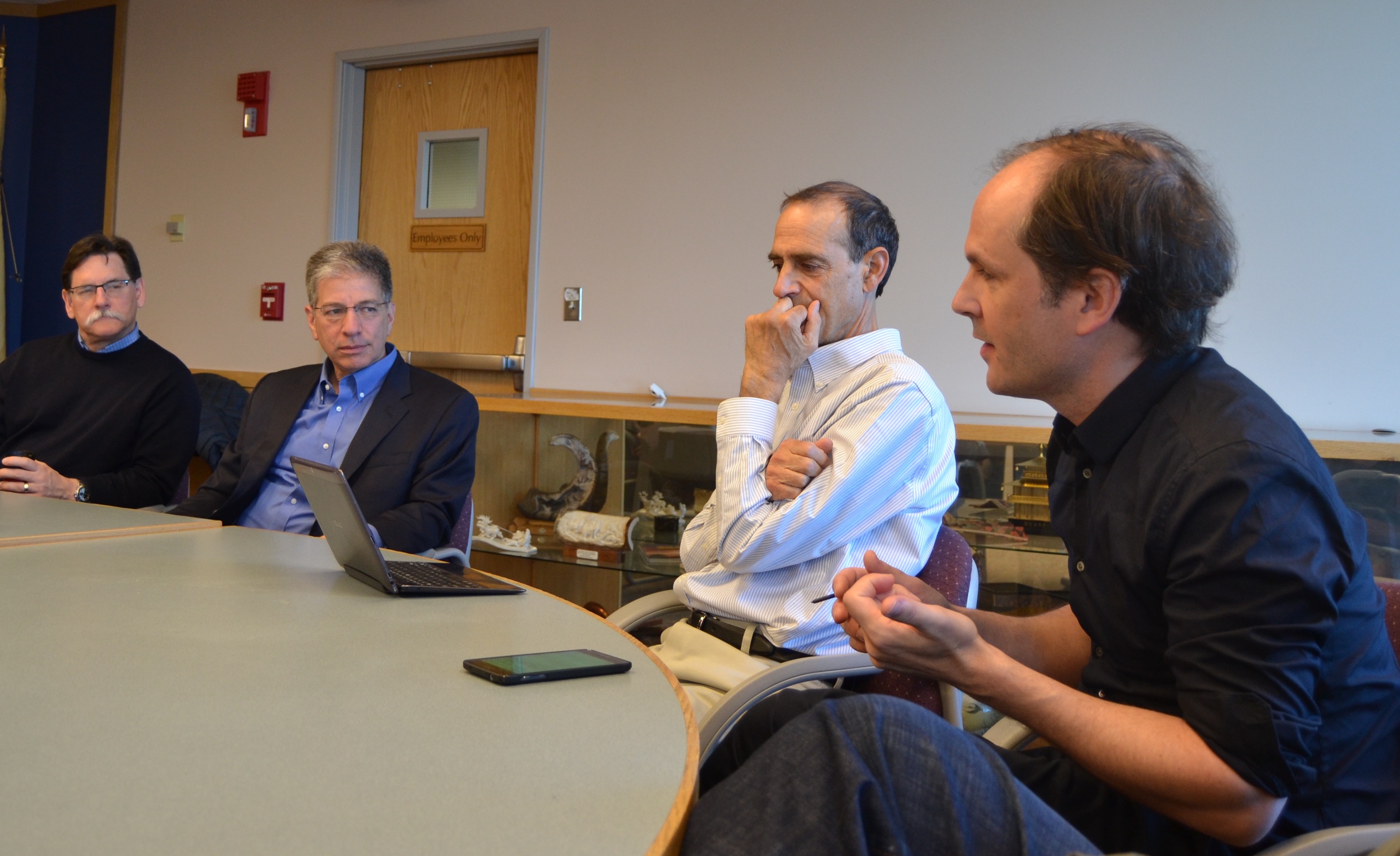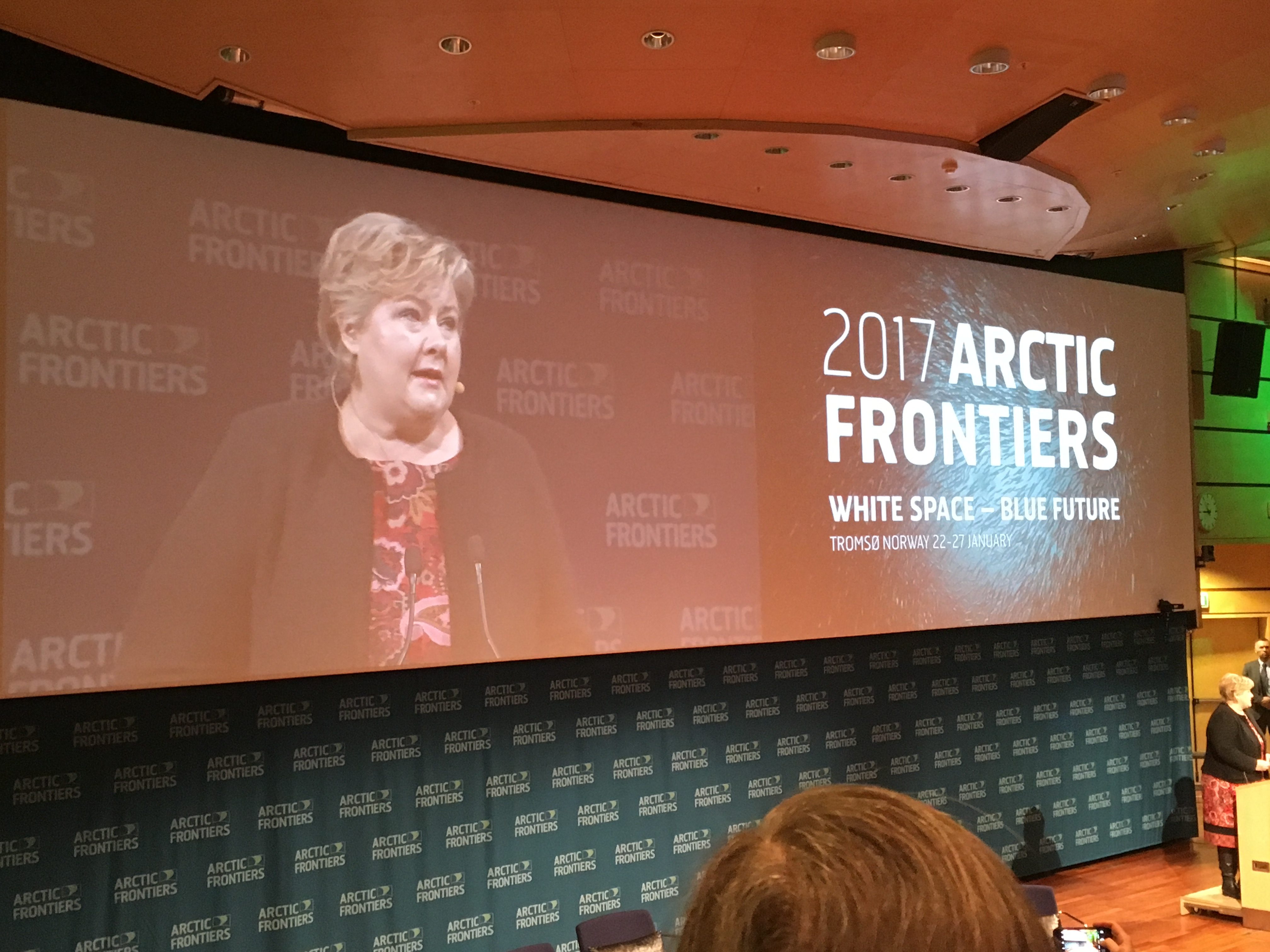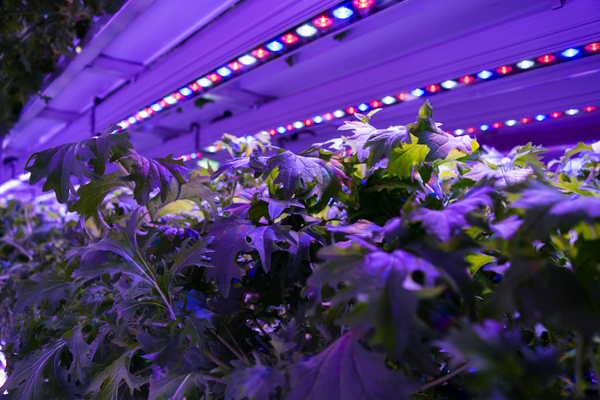Student Perspectives on Fieldwork in Siberia
During the Summer of 2017, the PIRE team made a research trip to the Russian cities of Salekhard and Vorkuta. Here we present some of the student descriptions of the trip. July 9: Anna Zhu Of the 11 glaciers that previously existed in the region, only 2.5 remain. Today, we…
